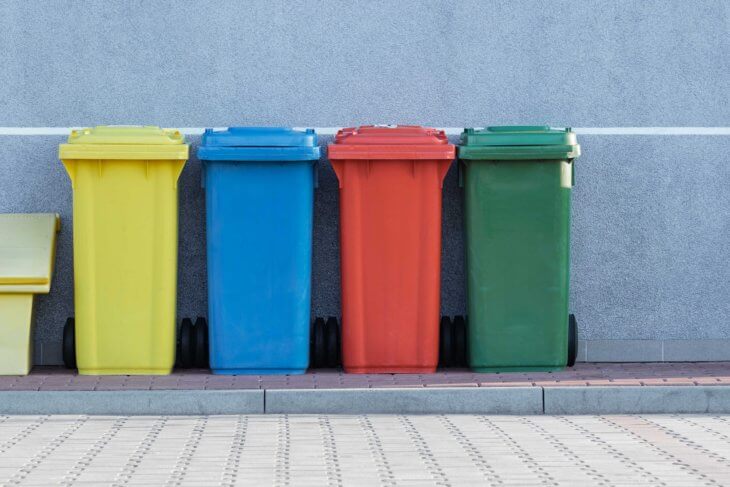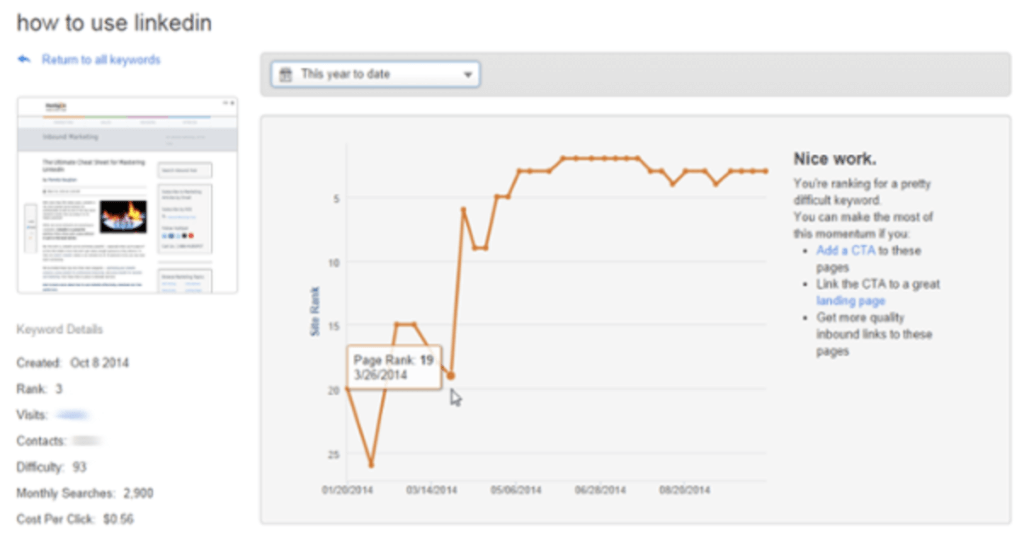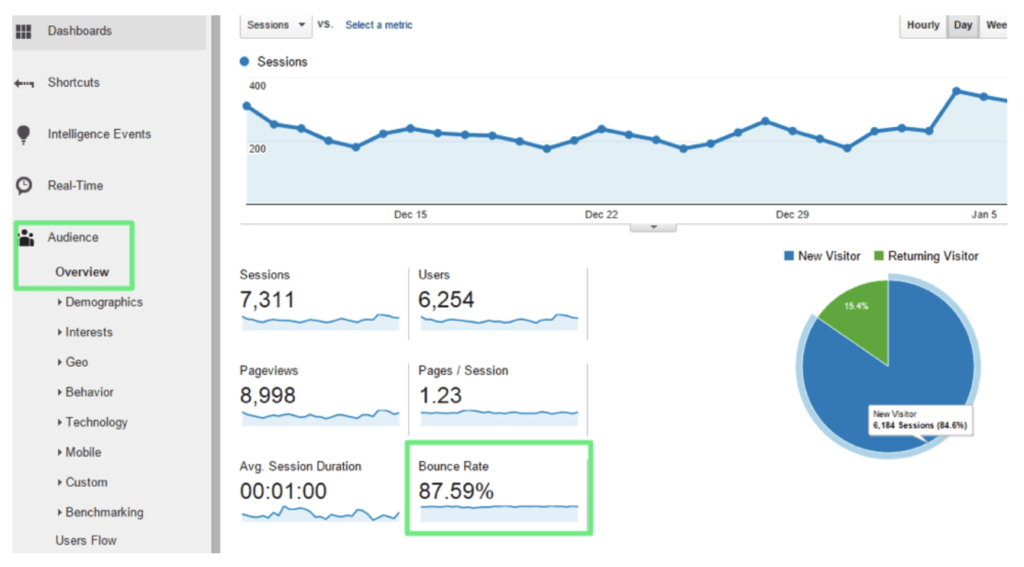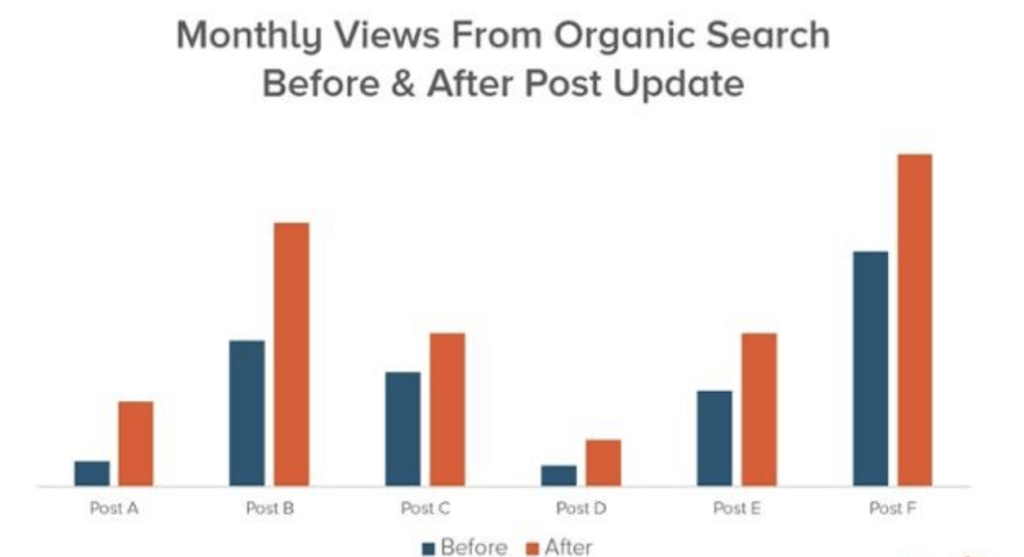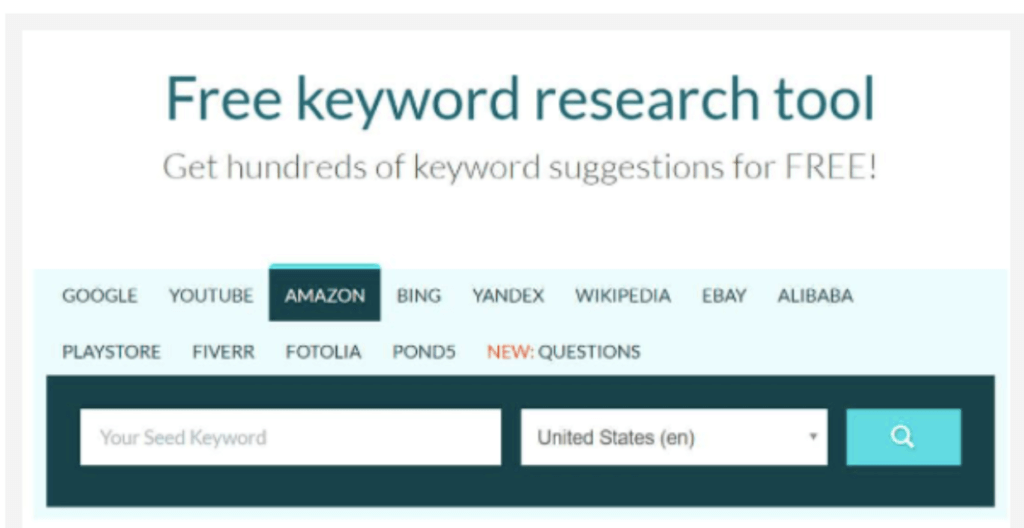The task of developing quality online marketing content to create a successful content marketing strategy in your organization today is by no means a small task.
Content marketers often feel deep pressure to create consistent high-quality content to attract readers and prospects on a regular basis. This may lead to burning out, frustration, shoddy workmanship, or many or all of the above.
While you and your marketing team work through the content creation process, it’s essential to create consistent content. By no means does this strategy mean your marketing team is lazy or inefficient. Hint: Creating an annual editorial thematic calendar that guides your content marketing program and is focused toward your customer personas will help keep your content aligned as well.
Content recycling isn’t about lacking the time management skills to create an original piece. It’s about reviving essential topics, improving SEO on page strategies, boosting search results, and updating statistics and data.
It is also a cost-effective content marketing effort to stay on track with your marketing campaign budget. After all, why spend hundreds of dollars and pour tons of hours into creating great content only to see it underperform when you already have a library of content that has brought in great results and will drive profitable customer action.
This marketing technique can be incredibly successful if your goal is to drive higher traffic and increase conversions (which is everyone’s goal, right?). Hubspot generated its own research on content repurposing, and their findings show that if it is done correctly, this strategy can be highly effective.
In fact, once they updated and recycled their old content, they saw a 240% jump in conversion rates and drew in three times more leads than before.
Obviously, numbers like these are quite impressive. So, how can you make sure that your marketing team recycles content the right way? Let’s dive in.
1. Choose the Content You Want to Recycle Wisely
It may seem like an obvious first step, but it’s important that your marketing team is extremely specific and strategic about the content that is going to be repurposed. It doesn’t make sense to revamp a legacy blog post that received little or no engagement, because clearly, the subject matter was not relevant to your target audience.
You want to take your most popular pieces and update them or repackage them. For example, if you run an online store for B2B products or services, look at your analytics and see which content attracted engagement from your high-value existing customer personas and lead them to your catalog.
This might be a case study, whitepaper, how-to blog post, etc. Now, you can take the information from this content and turn it into something new, like an infographic, video content, slideshow, or anything else that gives it an update. Despite having most of the features needed to attract customers, B2B sites can ensure that their content is consistently seen by a larger audience through content recycling.
Your team will need to have a set of qualifications to help determine which pieces of content are worthy of repurposing. This will mean that your marketing team must have adequate data on its past content, including engagement rates, reach, click-through rates and ROI to help them decide which pieces would be ideal.
2. Review Your Content’s Past Performance
A content piece’s past can determine its future, but it is important to weigh out its previous performance with its future potential. Google Analytics is a critical tool here, but you must know which data sets are the best indicators that a piece could be effectively recycled.
For example, if a piece of content initially had high traffic numbers, but equally high bounce rates, it could be a sign that it was not relevant to your customers and it most likely is not going to be worth the effort.
3. Audit Your Content’s Present Relevance
Just because a piece of content is old doesn’t mean that it is relevant enough for repurposing. A piece about using MySpace to market your brand is an obvious irrelevant topic in this day and age. Moreover, pieces built around “dime-a-dozen topics”, or are simply not bringing anything new to the table would not be a wise choice for repurposing, either.
There are some forms of consistent content to attract readers that are known as “evergreen”, meaning that they will always be relevant to an audience. These tend to be the types of content that perform the best, especially over long periods of time. How-to guides, step-by-step instructions, or informational pieces usually fall into this category because it offers the type of content that new customers can always find useful.
4. Recycle Content Creatively
The point of recycling and repurposing old content is to transform it into something new. There is no room for laziness or lack of creativity here. The best approach to take is to apply the old content in a new and more engaging platform that will draw in higher traffic.
This can be done in several ways.
-
Create a Listicle from Old Blog Posts
If you have several pieces of great informational content that are simply not drawing in the traffic like they used to, they could be combined into a single content piece. Create a list of top strategies, tips, or industry secrets that combines the highlights of old pieces into something new.
-
Convert One Form of Content into Another
Using a blend of content forms is often the best way to reach diverse audiences that may have differing preferences. Try taking the information from an old blog post and create a short video clip explaining each step, or use a case study piece to create a visual infographic.
-
Update an Old Post
If your blog has a lot of these types of pieces, a smart way to recycle this content is by simply revamping it with some updated information. Update the statistics with newer research or include new theories or practices that have been growing in popularity. Going back to the aforementioned Hubspot experiment, they found that after they updated their old pieces, there was a significant increase in the content’s viewership.
-
Rarely Change Your Old URL
Though you may be tempted to do the quick and easy fix of changing a URL to affect its SEO, this is often a very bad idea. If it is not done correctly, it can easily create a 404 error that will wreak havoc on your SEO signals and hurt your rankings.
The only true reason to change a URL is if it is going to be used as a redirect, though this could temporarily cause a dip in traffic rates. As you update content or recycle it, make sure that it has its own unique URL rather than changing the old one and make sure to use as few redirects as possible throughout your site.
In some cases, a new URL may not even be necessary, especially if it is still driving a good amount of traffic to your site. Instead, update your content with fresh statistics, numbers, or information. Let your readers know it has been updated, but keep the same URL to lock in its past SEO data.
-
Add New Relevant Keywords
Giving your old content new life also gives you a chance to include new keywords that are trending in your niche to grab more attention. If your content works in accordance with an online buyer’s journey, a smart approach to e-commerce SEO is to constantly research the keywords that are attracting customers in your niche.
As an online seller, it’s always wise to see what keywords are attracting customers to your competitor’s sites. Using a research tool that allows you to filter and see the most conversion-focused keywords across your industry is one of the best things you can do.
5. Promote Your Recycled Content
Finally, make sure your target audience knows that you have new, exciting content for them. If you’ve released some updated statistics from a previous case study, make sure to highlight that the information is super fresh and relevant by repromoting it in social media or your newsletter. You can also promote your newest content on older articles by simply updating the CTA buttons to start generating more traffic to updated pieces.
Additional Content Recycling Tips
- Perform an audit of your legacy content and recycle into your social media calendar
- Curate your organizational blog posts into weekly or monthly newsletters
- Reverse engineer a new ebook by starting the writing process with a thematic blog series to distribute as one new publication
- Turn high performing legacy blog posts into infographics, white papers or videos
- Convert a cohesive series of blog posts into an online program
- Collect influencer marketing quotes and insights from previous blog posts and develop a fresh post with updated insights
- Leverage User Generated Content (UGC) from online reviews to develop a testimonial page on your website and other marketing channels
- Use content marketing tools like Lately to quickly create hundreds of new social media posts from legacy content
- Transcribe podcasts and webinars into text and post as regular blog posts on your website
- Transform guest interviews into new content for your website
- Ask a group of industry influencers around the question of a high performing blog post and then update the post with their insights
- Use your well-constructed answers from popular Twitter Chats and develop into a blog post for your website or as a guest post for the Twitter Chat host
Conclusion
There is certainly a right way and a wrong way to go about content recycling in your organization’s content marketing program. Current and potential customers will take notice if you simply repost old content without freshening the positioning, and it could lead to frustration and a perception of complacency. However, if you implement content recycling practice correctly, it could lead a smart, successful, and more efficient content marketing program.
